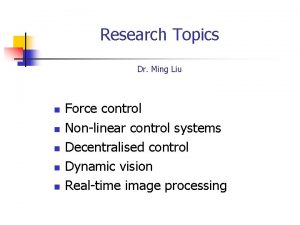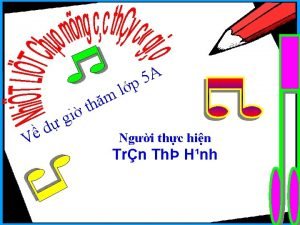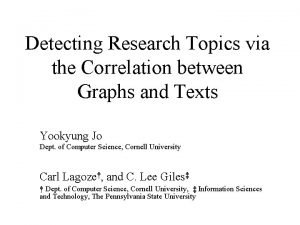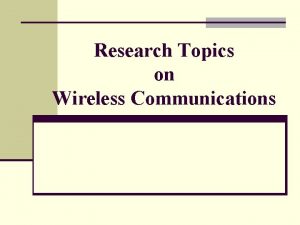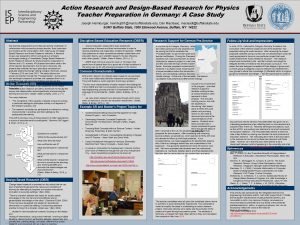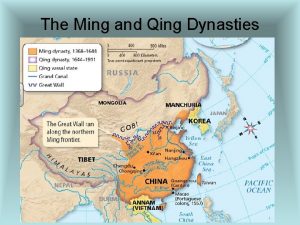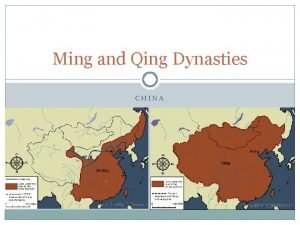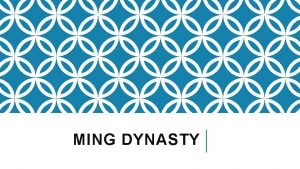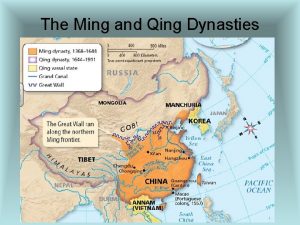Research Topics Dr Ming Liu n n n












- Slides: 12

Research Topics Dr. Ming Liu n n n Force control Non-linear control systems Decentralised control Dynamic vision Real-time image processing

Force Control f

Applications n n n Surgery robots Master-slave systems Remote controlled surgery robots Painting, Deburring and Grinding Assembling

n n Control the motion and contacting force of a robot manipulator while it keeps moving and contacting with the environment. Ensure the smooth transition from free motion control to constrained motion/force control. Collision dynamics needs to be carefully studies. Nonlinear frictions become dominant.

Force control scheme by N. H. Quach and M. Liu n Based on the investigation on the transit dynamics from free motion to restrained motion/force control some effective control schemes have been proposed which n n ensures the smooth transition and asymptotic stability. takes the complicated friction dynamics into account.

Simulation results n Task defined robot tip trajectory defined

Work space trajectory planning robot arm

Position trajectories in joint space

Velocities in joint space

Joint velocity in work space

Reference trajectories in work space

Collision Phase - from free motion mode to constrained force/motion mode ref trajectory environment surface x force applied to the surface = k x real trajectory collision point
 Chee ming liu
Chee ming liu Liu ming chung
Liu ming chung Alex liu cecilia liu
Alex liu cecilia liu Líu líu lo lo ta ca hát say sưa
Líu líu lo lo ta ca hát say sưa Operations research topics
Operations research topics Examples of research topics and their objectives
Examples of research topics and their objectives Global question examples
Global question examples Technology research topics
Technology research topics Experimental psychology research topics
Experimental psychology research topics Wireless communication research topics
Wireless communication research topics Efl research topics
Efl research topics Action research topics in physics
Action research topics in physics Mobile computing research topics
Mobile computing research topics

